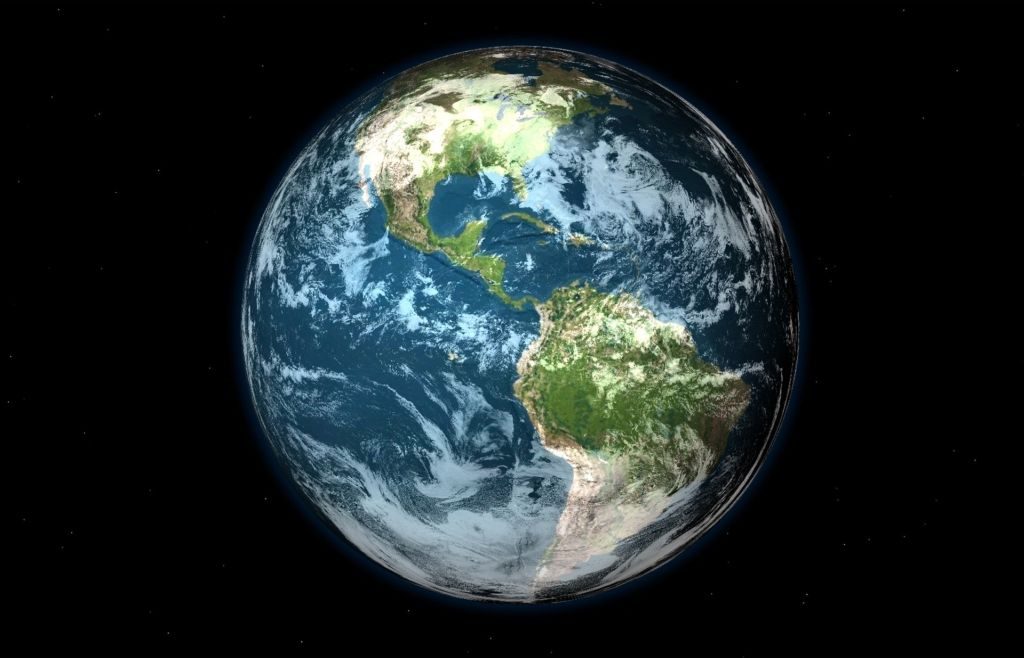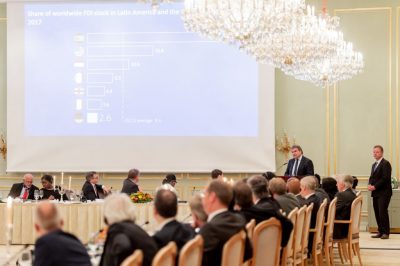Archived: South America experiences turbulent times
The continent is in turmoil. And that isn’t likely to change soon. Should Brazil or the global economy recover more swiftly than expected, it might stabilise the region.
Political change in South America is currently so rapidly it’s almost impossible to keep abreast of. The surprising changes on the continent began in August with the Argentines; these made it clear that they would vote out ruling liberal president Mauricio Macri – and they did as much in October. Now a Peronist, Alberto Fernández, is again assuming power in the country that, beside Columbia, ranks as South America’s second-largest economy. Fernández ran with ex-president Cristina Kirchner as his vice-president. This is not a good omen for entrepreneurs and investors. They’ve had unfortunate experiences with the latter left-wing populist.
There have been riots in Ecuador and Bolivia, too. In Bolivia, President Evo Morales had to leave the country because the military and police were no longer willing to support him after electoral fraud. The biggest surprise, however, is Chile: the most successful and stable country of the region, no less, has witnessed violent mass protests. The Chileans currently wish to draft a new constitution. But protests continue.
It doesn’t seem as if the riots in South America will stop soon – and they might, furthermore, spread to other countries. In Peru, for example, the situation is unclear and new elections are set for January. But only a tiny minority of Peruvians still trust their politicians. In Colombia, tensions are rising because of refugees from Venezuela and the resurgence of guerrilla activity. In Argentina, too, protests might also be held in a few months when voters realise that the new government has little room for manoeuvre and must, above all, save money.
The causes of tensions in these countries are different, but the reasons for dissatisfaction and anger are pretty similar from Panama to Patagonia. The weak growth that has lasted almost a decade has scuttled the poor’s hopes for advancement. The traditional middle classes also fear decline. They increasingly have to pay privately for services unfurnished by a weak state. The great divide between rich and poor and their respective incomes outrage many. As does the fact that campaigns against corruption are increasingly being thwarted even though in some countries they hadn’t even really begun. There’s a growing risk that, on the one hand, political outsiders will exploit people’s frustration, and, employing social media, overtake the political establishment, and on the other, that governments might attempt to restore order in an authoritarian manner by enlisting the military. Both of which would further fuel tensions.
Nonetheless, these developments are not to be generalised. The political basis for a settlement is apparent in Chile: there’s a will on both sides of the political spectrum to reach a compromise. It’s hard to imagine that the vast majority of Chileans would care to risk everything they’ve built up over the last three decades. The major Pacific states are also economically sound: inflation is low in Chile, Peru and Colombia, and budgets are balanced. These states thus have room in which to manoeuvre and introduce social expenditure or distribution measures. Economies could quickly recover when protests subside.
Brazil could also stabilise large parts of South America through economic recovery; a strong Brazil would lend growth momentum to Mercosur’s Argentina, Uruguay and Paraguay, yet also to Bolivia and even Chile. Under President Jair Bolsonaro’s government, Brazil is on a liberal reform course that can be seen, for example, in the implementation of pension reform. The government now wants to re-rail further reform packages with strict spending regulations for public budgets. Whether it will be able to implement them remains to be seen. Business activity is beginning to recover. Yet it’s improbable that this will be enough to soon set the whole of South America in motion like a locomotive. Nonetheless, Brazil’s reforms are currently the greatest source of hopes for growth in a region that has become surprisingly volatile.
Renewed growth in global demand for raw materials – both agricultural and industrial – could also have a stabilising effect. South America’s economies and national budgets are disproportionately dependent on the export of primary commodities. Growing tax revenues could be directly used to mitigate social tensions.
In the face of this tumultuous situation, one would do well to recall that lasting calm and stability have generally been the exception in South America, whilst abrupt economic and political change have largely been the rule. Most companies that have been active in South America for an extended period are used to this. Even in the boom years, day-to-day business in South America was by no means simple.






